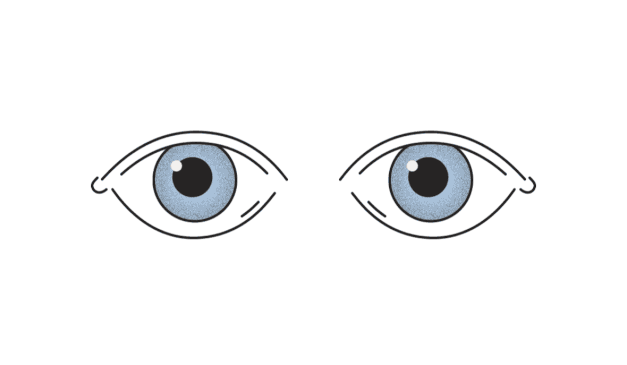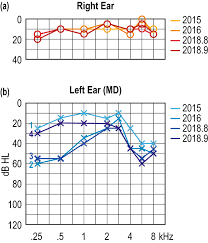The evaluation of vertigo is a multi-step process that combines a thorough history with physical examination, and often, diagnostic testing. The goal is to identify the underlying cause of the vertigo, which can be classified into peripheral (related to the inner ear or vestibular nerve) or central (involving the brain or brainstem) causes.
A comprehensive assessment involves a detailed patient history, physical examination, and specialized tests.
Understanding the onset, duration, and triggers of vertigo episodes is vital. Questions about associated symptoms like hearing loss, tinnitus, or visual disturbances can provide clues to the underlying cause.
A thorough examination includes evaluating the patient’s gait, balance, and eye movements. The Dix-Hallpike maneuver is a specific test used to diagnose BPPV by observing nystagmus (involuntary eye movements) when the patient's head is moved into certain positions.
Dix-Hallpike Test: Used to diagnose benign paroxysmal positional vertigo (BPPV)
Head Impulse Test (HIT)
This test can objectively measure nystagmus ( abnormal eye movements) and provide further insights into the crux of the problem – whether the vertigo is peripheral or central.
FHIT: Functional Head Impulse Test: The most modern test to facilitate localisation of the cause of vertigo.
**Imaging and Laboratory Tests**: In cases where central vertigo is suspected, imaging studies such as MRI or CT scans may be necessary to identify structural abnormalities in the brain.
Blood tests can help rule out infections or metabolic disorders that may contribute to vertigo.

Hearing tests are critical if there’s a suspicion of a peripheral vestibular issue, like Meniere’s disease or vestibular schwannoma.

BERA, also known as Auditory Brainstem Response (ABR) or Brainstem Auditory Evoked Potential (BAEP), is a hearing test that measures the brain’s response to sounds. It’s particularly useful for infants, young children, and individuals who cannot reliably participate in standard hearing tests. BERA helps assess hearing loss, auditory nerve disorders, and other neurological conditions affecting hearing.